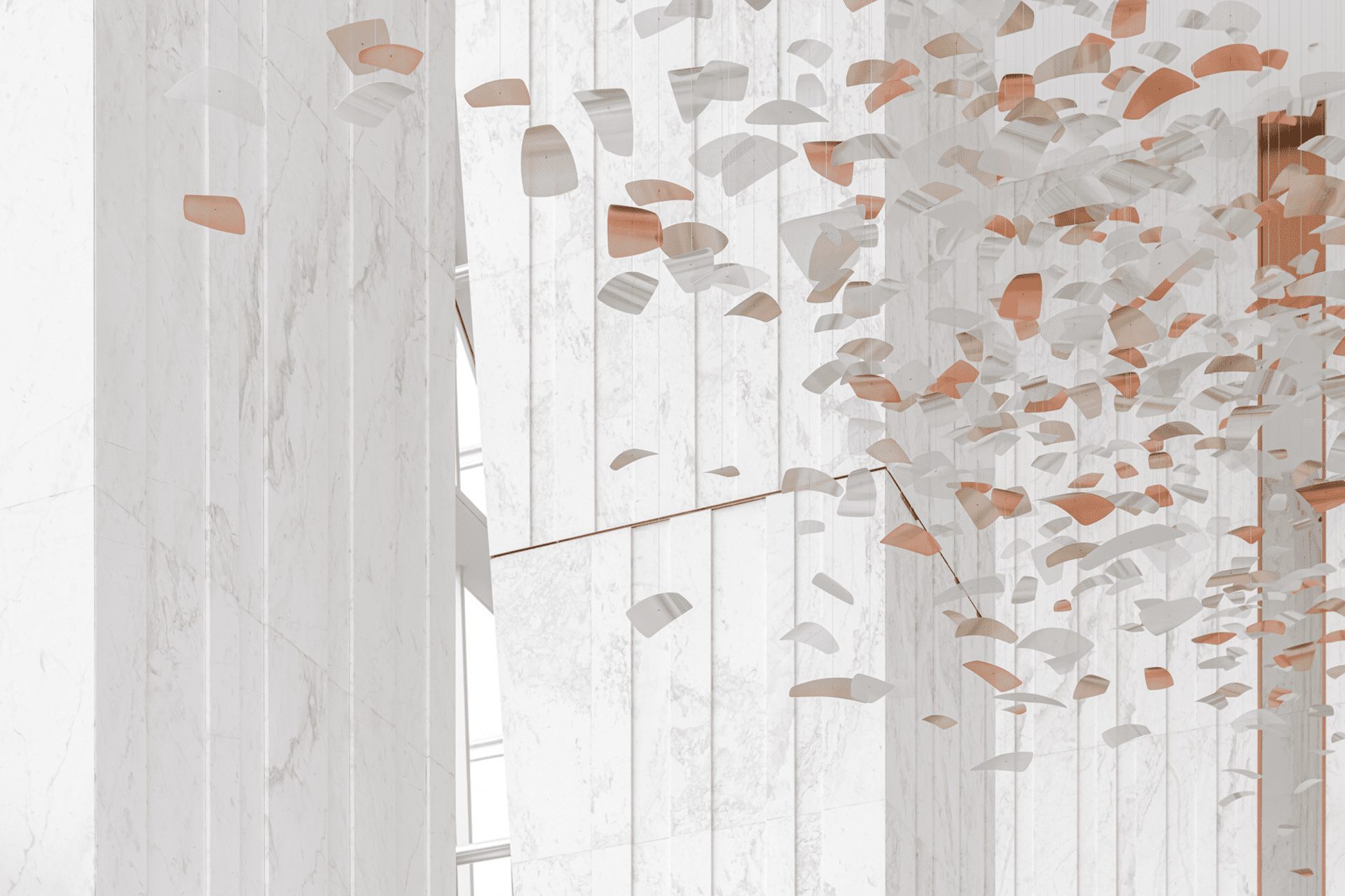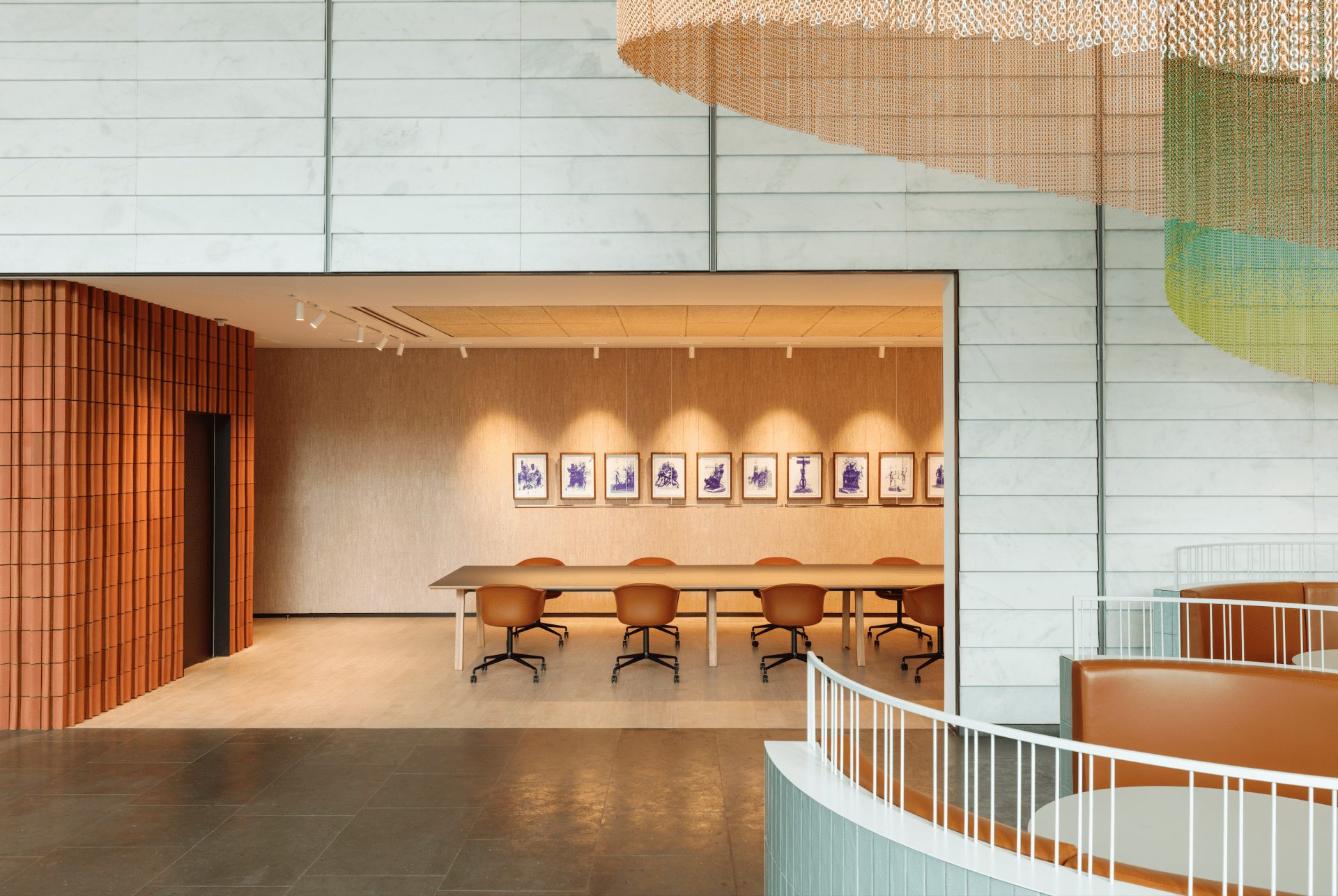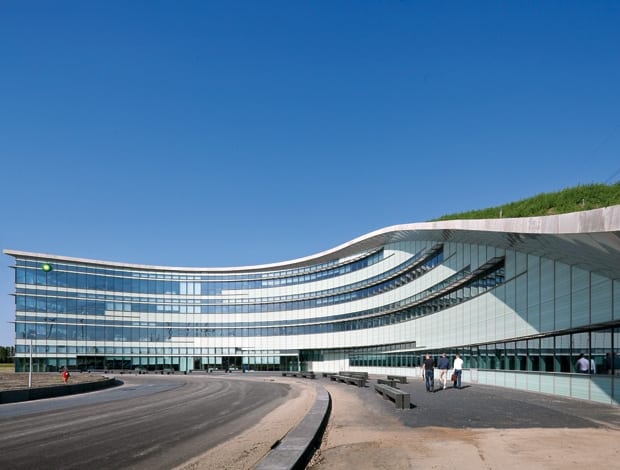 Quitllet’s polypropylene Remind chair comes in a choice of six colours|||
Quitllet’s polypropylene Remind chair comes in a choice of six colours|||
Eugeni Quitllet is a disoñador, a visionary, and dreamer. In an exclusive interview with the Catalan designer, we sit down to find out how Quitllet’s upbringing in Ibiza has informed his design ethos and why his ongoing collaboration with premium Italian design firm Pedrali began with one simple dream.

Photo: Eugeni Quitllet
JH: How did your collaboration with Pedrali begin?
EQ: When I search for new projects it’s always important to find somebody who has the same enthusiasm and energy to invent something they haven’t done before. Pedrali and I met a while back but it was one and a half years ago in Paris when we decided to work together. We asked ourselves what is the dream we want to share? What would we like to find?
JH: What were those dreams?
EQ: Pedrali uses many different technologies, giving an expansive palette to create and invent. The first dream was the Soul armchair.
JH: What inspired its name?
EQ: The armchair takes original handcraft, the wooden chair and soul of Pedrali, by pairing it with advanced technology to make the seat in transparent polycarbonate. This spirit is also the piece that holds its story: the soul of the chair, Pedrali, and of course, it’s my soul too.
JH: How do you give an object soul and meaning?
EQ: There are a lot of things in the world, objects that are not animated or not thought of with philosophy, poetry or vision from the root of the project. It’s necessary from both sides (the company and the designer) to find an original concept with a real story behind each product, which is also respectful of the environment.
![]()
Users can have the backrest of a Remind chair personalised with their own pattern of pixels. Photo: Eugeni Quitllet
JH: Does your armchair Remind embody the same sense of soul?
EQ: Remind is also a romantic story. In a sense it reminds you of something you never saw before. That is what I wanted to do. But I also like to call it Remind because remember in Latin, re-cordis, means to go through the heart. So when you remember somebody or something, it’s as if you keep the image or feeling in the heart.
JH: Tell me about the pixels which users can play with to personalise Remind?
EQ: The pixel is a love story; the idea came on Valentine’s Day. What is nice about the design is that users can bring their personality to the piece. We can design whatever we want – a leaf, a heart or whatever you want – to personalise your chair at home, the office or hotel.
JH: Are Remind and Soul complementary to one another?
EQ: Absolutely. They speak about the same thing in different ways. And they are like Monica and Giuseppe Pedrali. It’s a portrait I made of them.


The Remind (top row) and Soul chairs (beneath) “speak about the same thing in different ways” Photo: Eugenie Quitllet
JH: How has your upbringing in Ibiza informed your designs?
EQ: I grew up in a time when there was a common dream in the world to create a better society. During the end of the 1970s and 80s, Ibiza experienced an experiential time when people widely shared film, music, literature, architecture and art. Surrounded by Ibiza’s natural beauty – the sea, the light, the architecture, the nature, the people and music – feeds all my creativity in terms of aesthetics, philosophy and sharing. This is still my root of inspiration and I hope it will always be.
JH: You readily describe yourself as disoñador. Do we dream enough or have we lost touch with our creative side in our digitalised world?
EQ: We don’t dream enough… If we don’t have dreams we don’t have a future. The more beautiful our dreams, the better our future will be. And for me a dreamer, or in my case a disoñador, is this. If you realise a dream you need to share it and be a part of other people’s dreams with your work. Make everybody dream.
JH: And when you dream, you are more playful?
EQ: Yes, you have to play to be curious. Only by playing can we discover things. But play doesn’t just mean fun. You can play seriously, and of course it’s important to be focused. A child’s mind is interesting because they are open but as adults we try to filter everything. It’s good to be conscientious but also a little free and crazy – in a good sense!
JH: What’s next for you?
EQ: I am always exploring everything that comes out of creativity. I’ve done a lot of chairs but I dream of doing other projects like lights, spaces and I am also more focused on creating architecture. I create the objects, so other people can feel the architecture, but now I want to create the space and objects that go with that space.
JH: Finally, sum up your design philosophy in one sentence?
EQ: Play to discover the future; I play design.
Play is at the heart of Eugeni Quitllet’s design philosophy, so it’s no surprise that each of his armchairs for Pedrali has its own story































